Choosing a worktop for your kitchen, bathroom, or any other interior that requires a worktop can often be difficult. And that's because there is a wide choice and variety of materials. What's more, deciding on size, thickness, color and cost doesn't make the choice any easier. Those who want natural materials end up narrowing the choice down to stone or wood, despite the fact that there are other natural materials (glass, for example). But even so the choice is not easy, both materials have characteristics and qualities that make them a good choice. So a list of advantages and disadvantages for each could be helpful. So wood countertop or stone countertop?
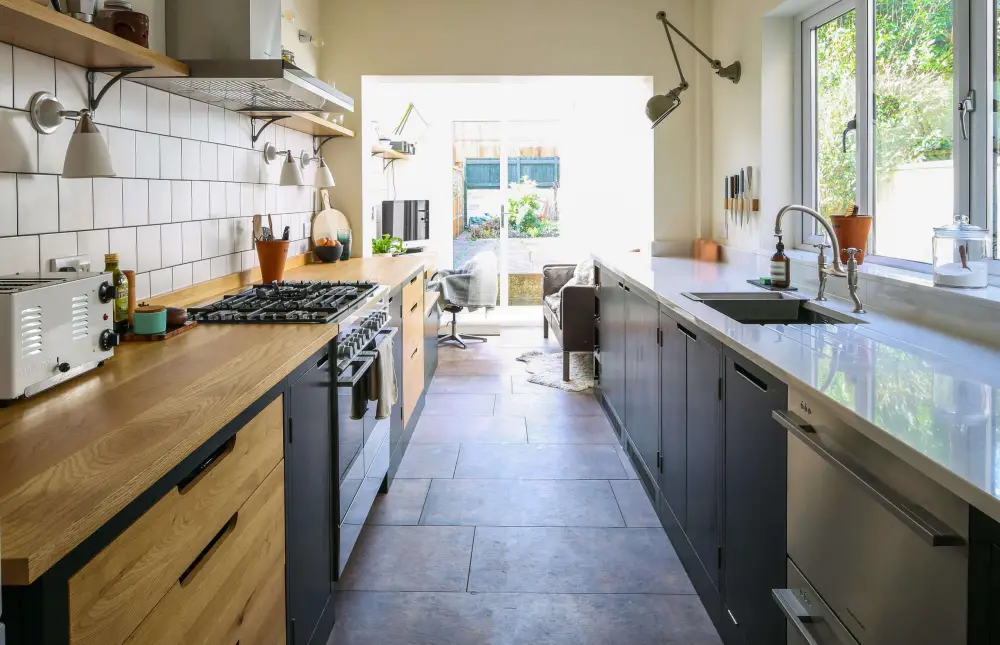
Wood has been used since the earliest times for table tops, poles, counters. Before the advent of stainless steel, which is used extensively in kitchens, wood was used to cut meat and chop vegetables, and to set pots and pans on. In the past, in the villages, the meat was poured directly onto the small wooden table or chopping board. Butchers always used wooden stumps to cut the meat. It was later discovered that enzymes contained in wood kill bacteria. That explains why no one got sick, even though they used that log day after day for years, until a hole was made in it.

Advantages of using wood for countertops are:
- is a material with an unmatched natural look and warmth
- suits any style, design and space, from rustic to modern
- is a material with a personality, shaping its character over time
- wooden countertops are much lighter than stone countertops
- it is durable, with resistance over time
- adaptable to fashion or room design; can be easily cut and adjusted into different atypical shapes
- friendly with plates and glasses; absorbs noise and doesn't create stress with each glass placed on the worktop
- heat resistant
- very suitable in homes with children
- the wide variety of essences, shades, coloring or protection methods
- the possibility to create special designs using authenticity elements such as knots, colorations, cracks
- easy to maintaincan be sanded and refinished to like new
- affordable price.
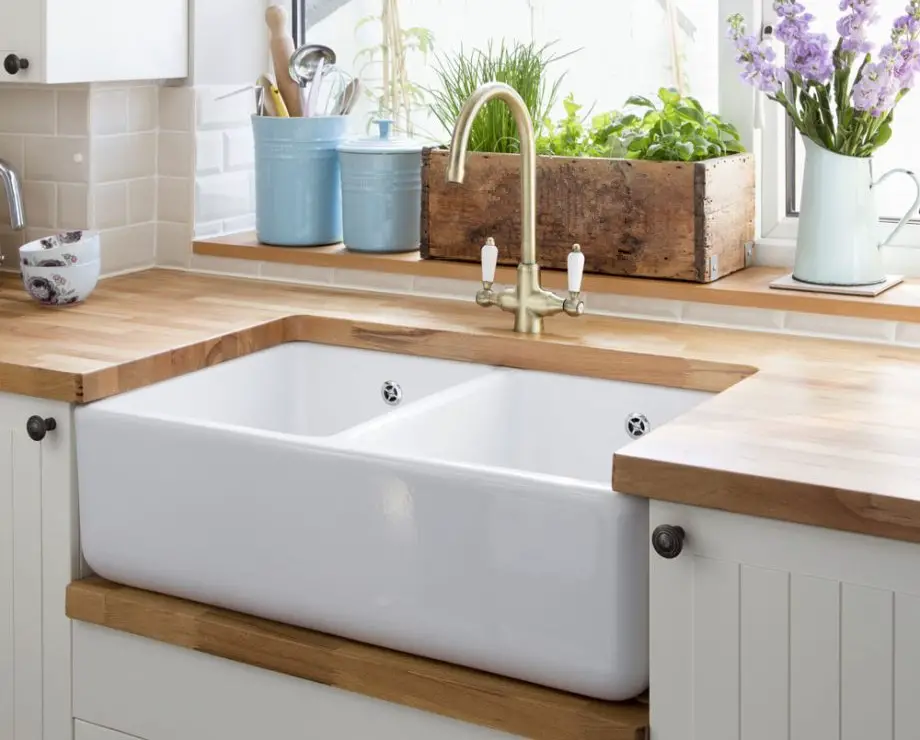
But there are drawbacks. These are:
- low moisture resistance - if used in high humidity environments it must be protected with resistant finishes
- low scratch resistance - you can't cut or chop directly on it without leaving marks
- unless protected with durable finishes can stain.

The most commonly used "stones" for countertops are marble and granite. As marble is quite precious and expensive, we'll stick with granite. Granite is a magmatic (lava) rock formed at great depths, containing quartz, feldspar and other minerals, such as mica, which give it its dark color. Feldspar and quartz are responsible for granite's very hardness. The mixture of minerals inside makes it look like a mixture of granules, hence the name (granito, in Italian, means granular).
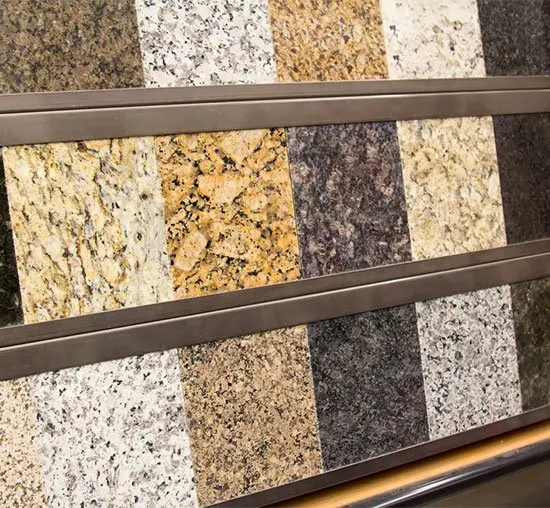
The main advantages of using granite for countertops are:
- very durable over time
- unique appearance - being a natural rock, the mixing and distribution of minerals is random, each granite slab has a different and unique composition
- high hardness and scratch resistance
- resistant to high temperatures
- moisture resistant
- easy to clean.
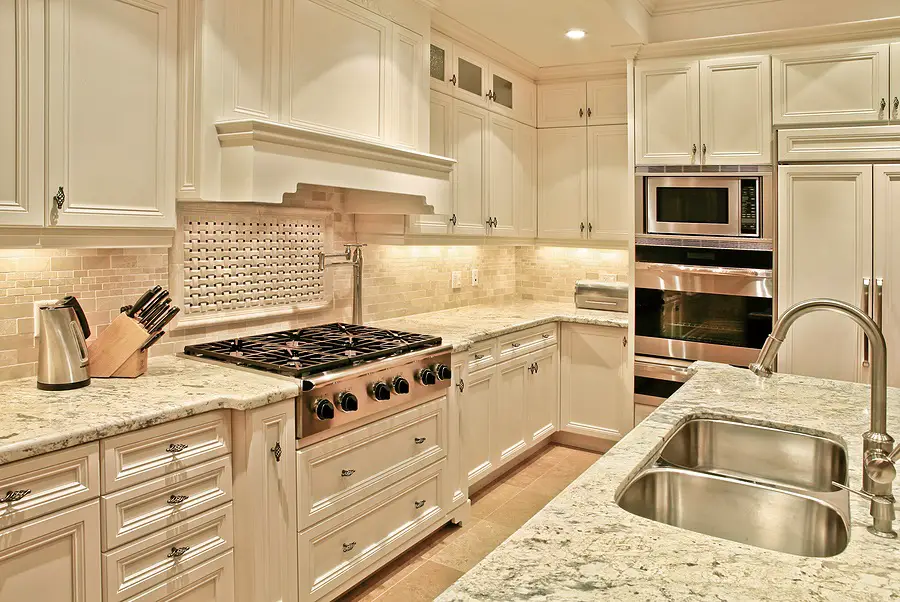
On the list of disadvantages we can put:
- is a very heavy material and is difficult to transport and install. To make it lighter, it is often made thinner, but then there is a risk of breakage.
- it's cold and hard and can be fatal to plates and glasses
- is noisy and prolongs the sounds when metal objects or crockery fall on the worktop
- it is porous and if unprotected (varnished), it stains or can be attacked by products with high acidity (vinegar, wine)
- has a loaded look
- it is expensive and requires special materials for maintenance, which can further increase costs
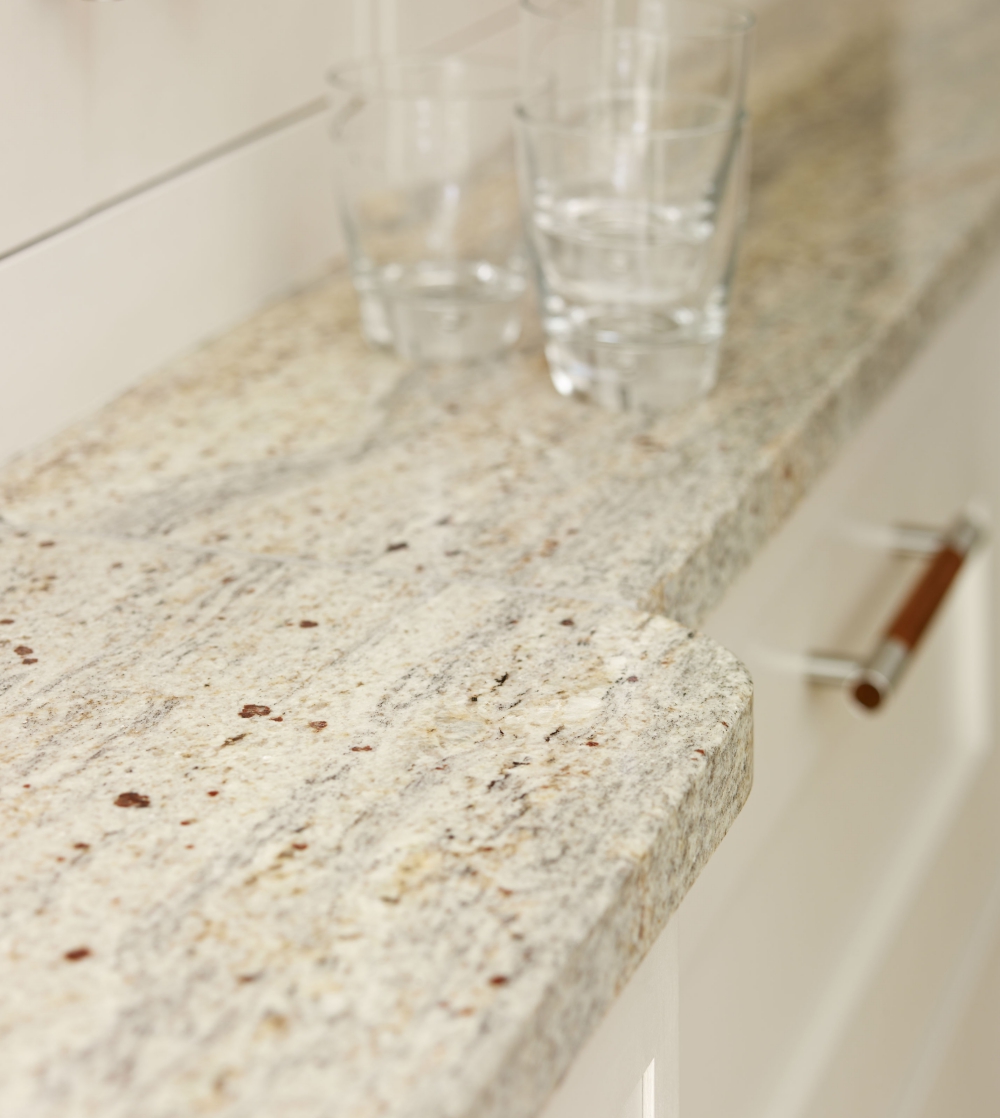
In addition to the pros and cons, for many of us, the choice of one or the other of the variants involves a preference for one material or another. This is my example. Why would I choose a wooden worktop and not a granite one? Because there is no substitute for the beauty, warmth and adaptability of such a countertop. For example, Dippanels, the online platform for such solid wood worktops, also has a free debiting service depending on the desired design or layout. No matter how you choose to design and what shapes you want to cut out, the countertop will be cut to fit the space perfectly.
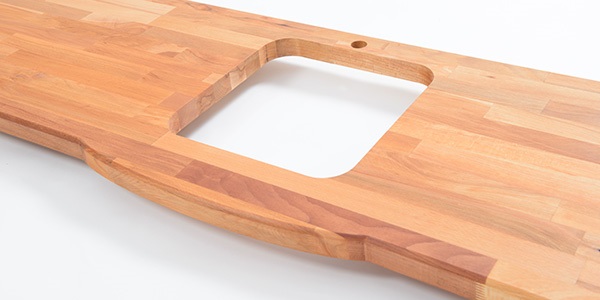
With a wooden worktop, everything is configurable, the corners can be rounded and the edges beveled, making it much more user-friendly, especially in homes with children. In fact any how to shape the countertop can be made by Dippanels, so let your imagination run wild. In addition, the tops are oiled with natural oil Kreidezeit, keeping water at bay in a healthy way.
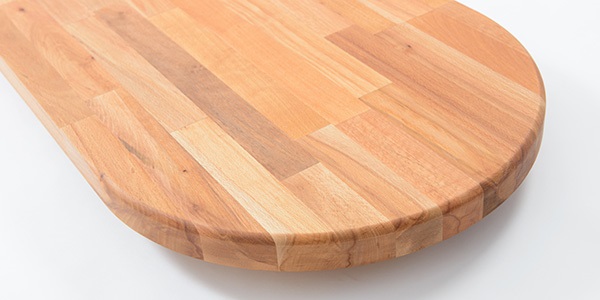
As I said, the choice is up to each person's preference, but the impact it can have should not be underestimated worktop to complete the whole design. It's good to know the pluses and minuses of each before you buy, both for a wooden and a stone countertop.






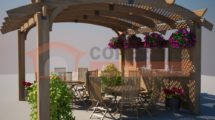










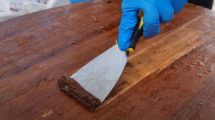









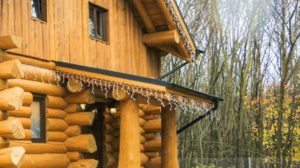




Wooden countertops are very beautiful, but care must be taken when finishing. The varnish must be resistant to knocks, cuts and scratches.